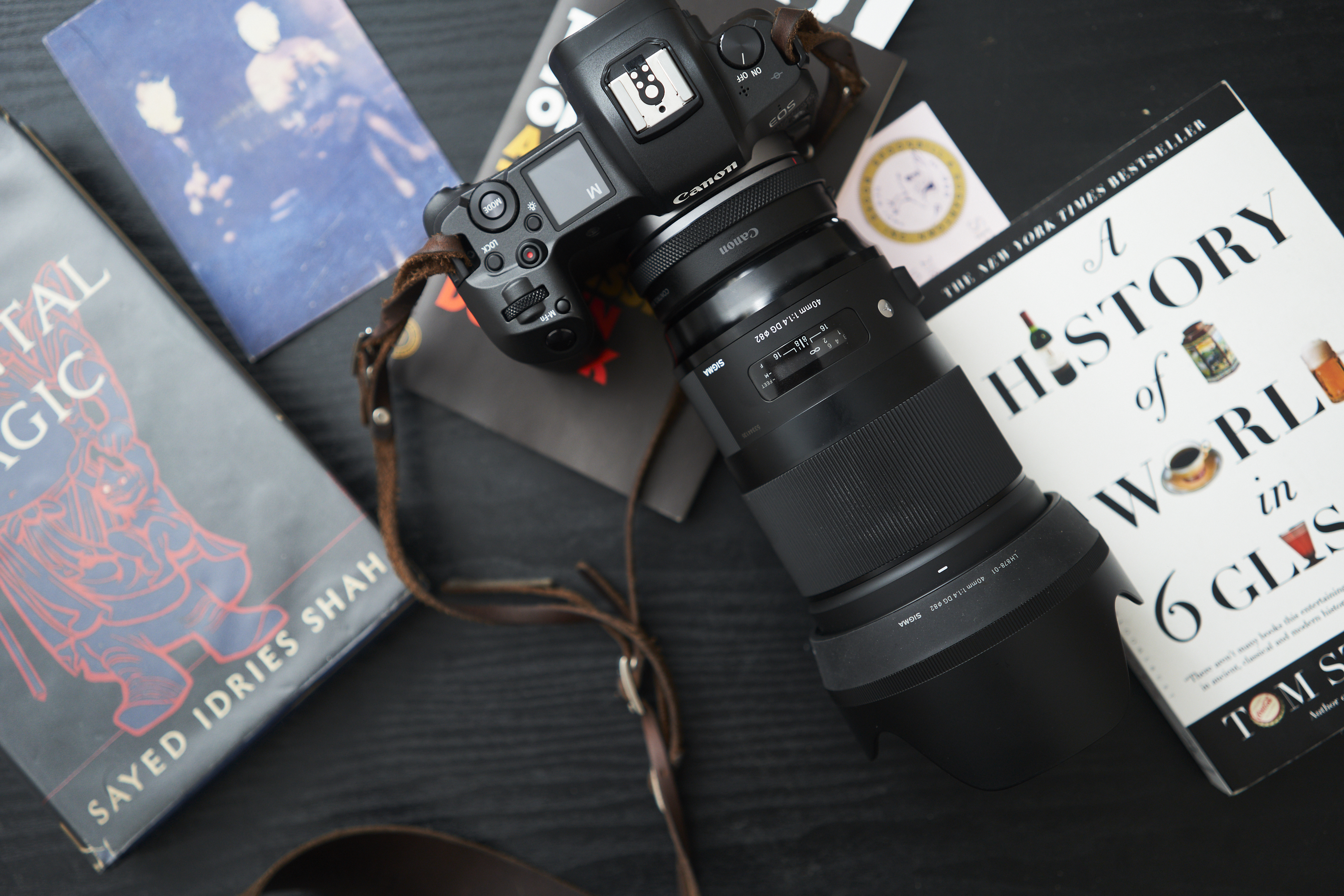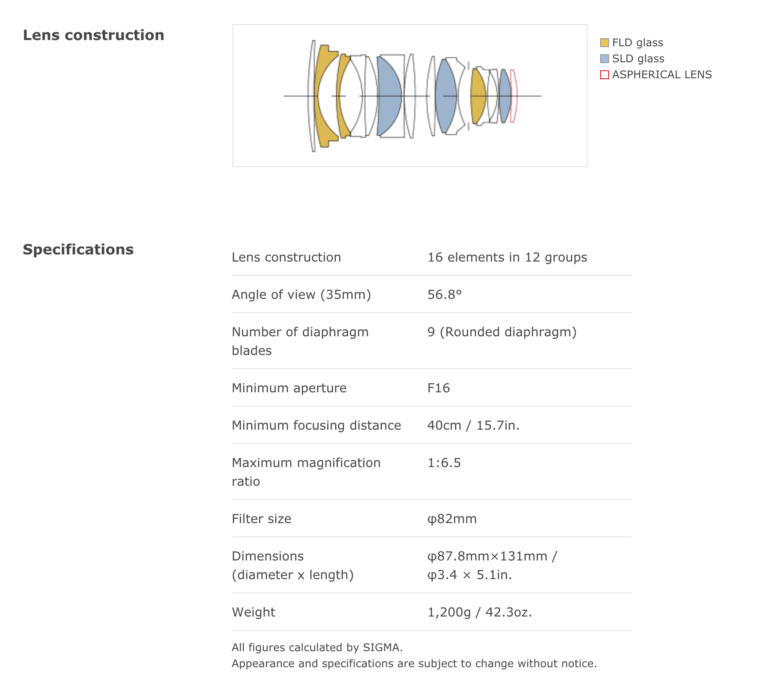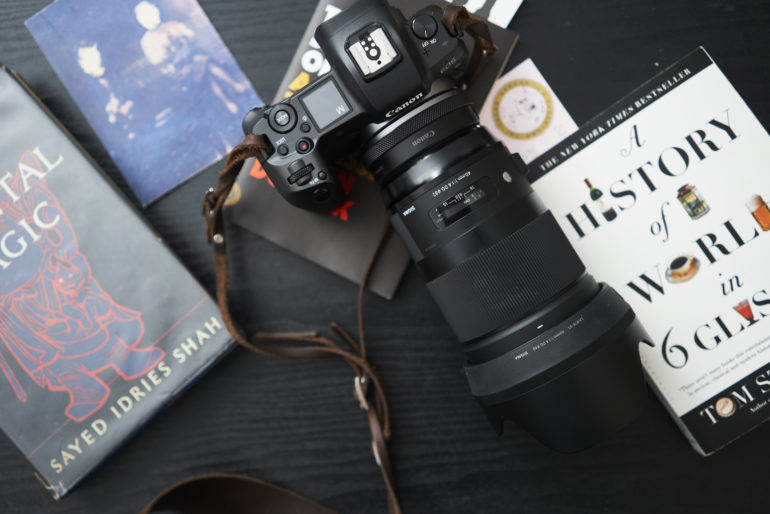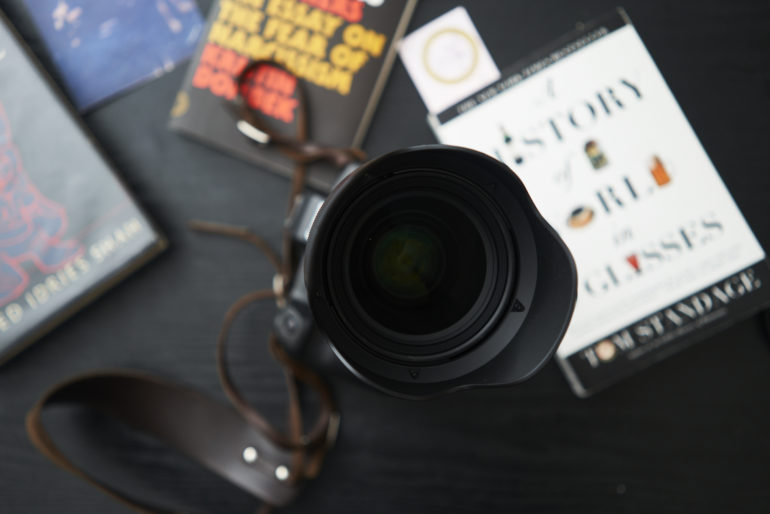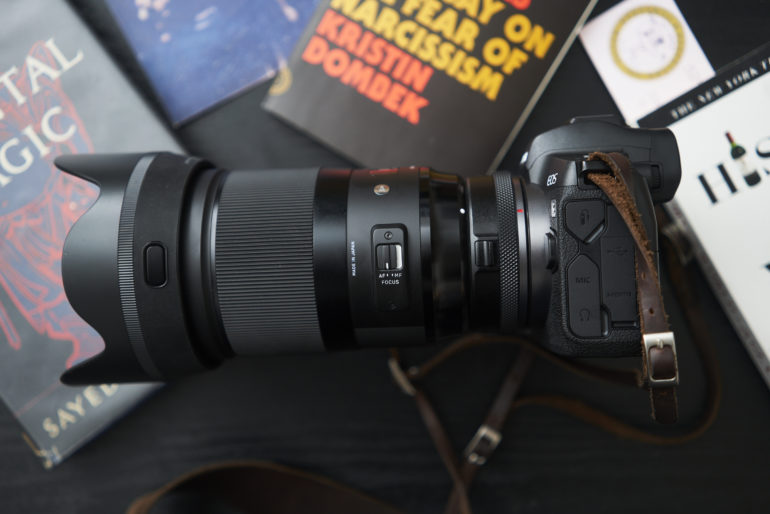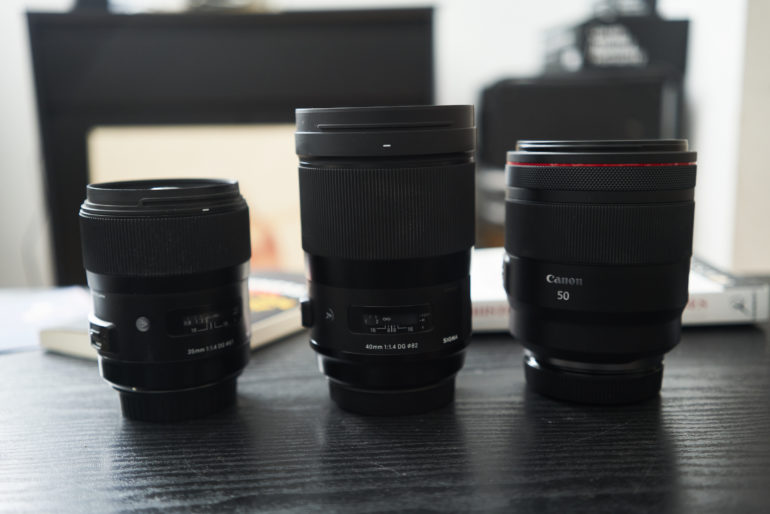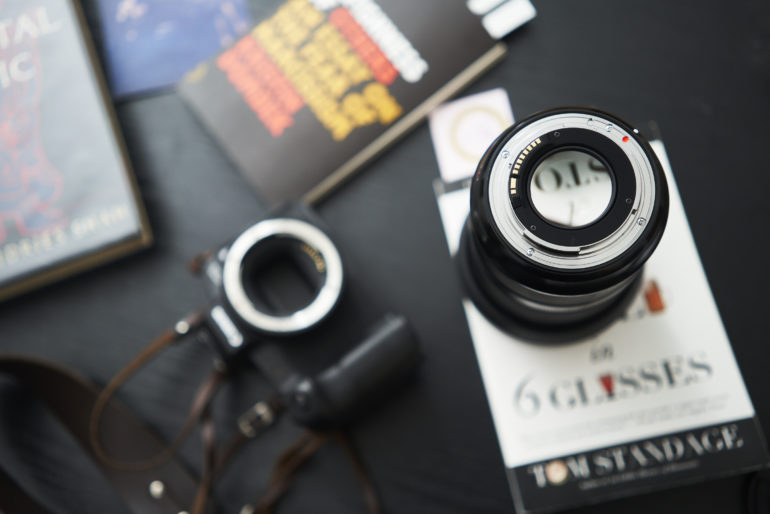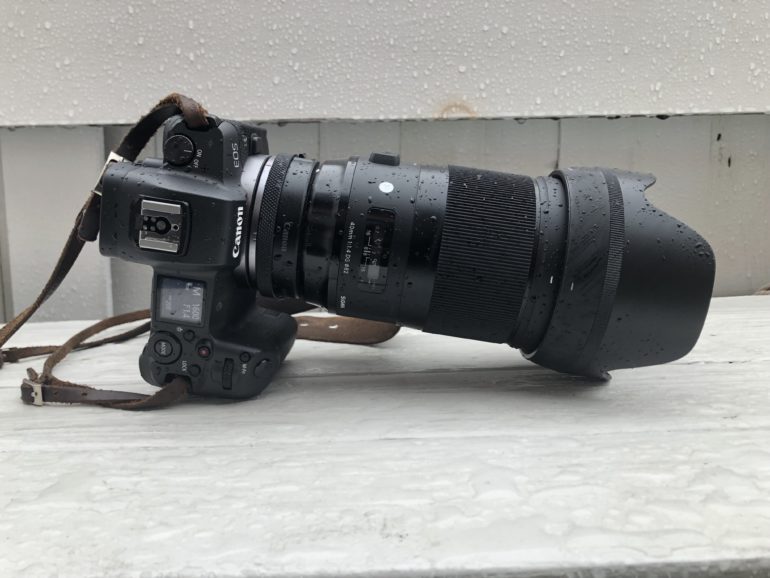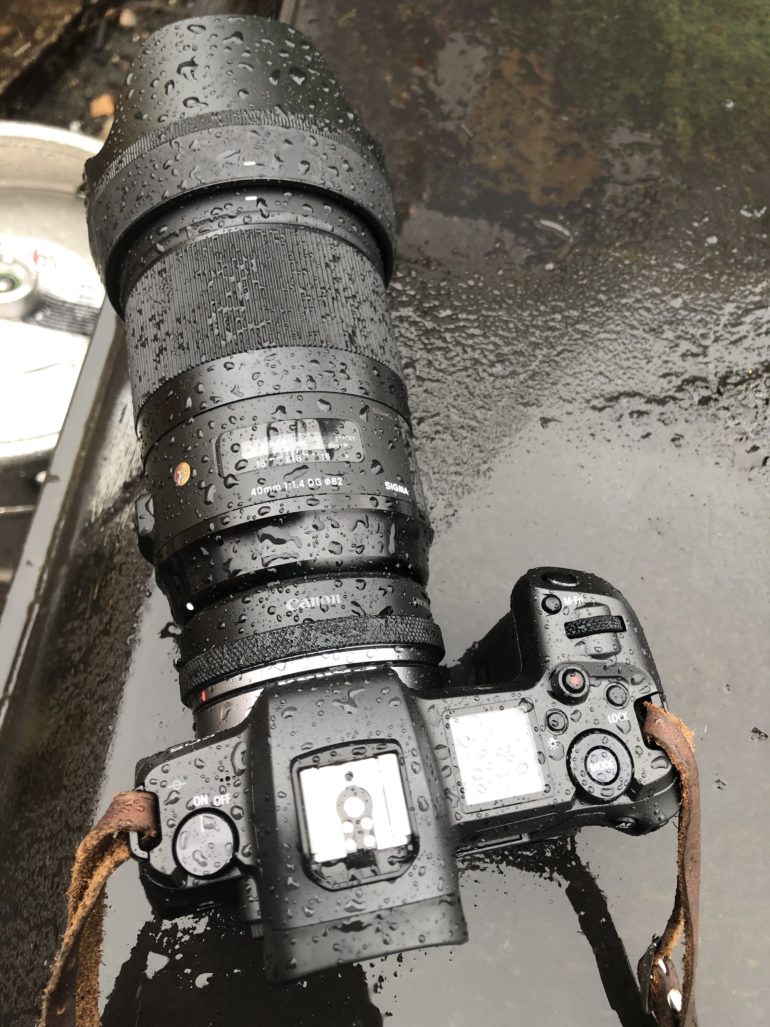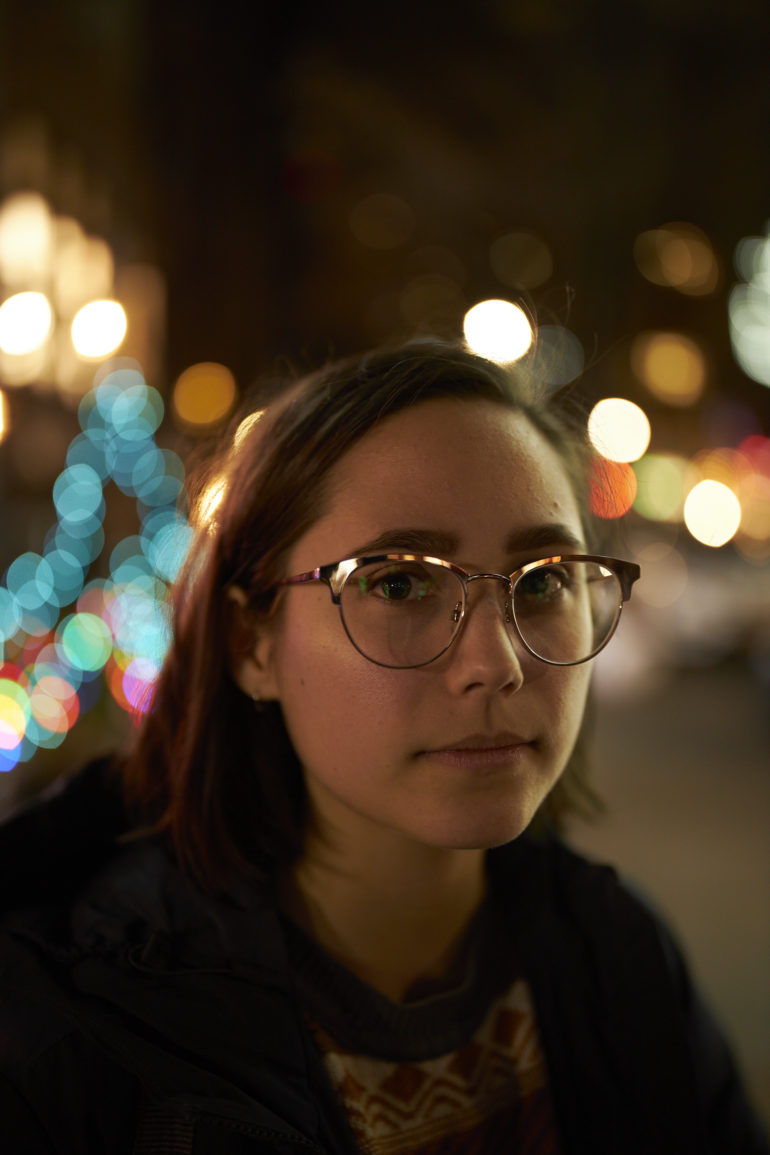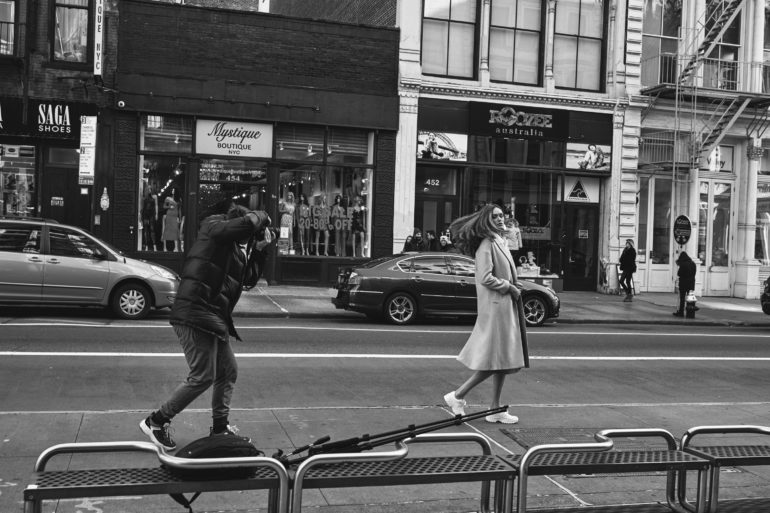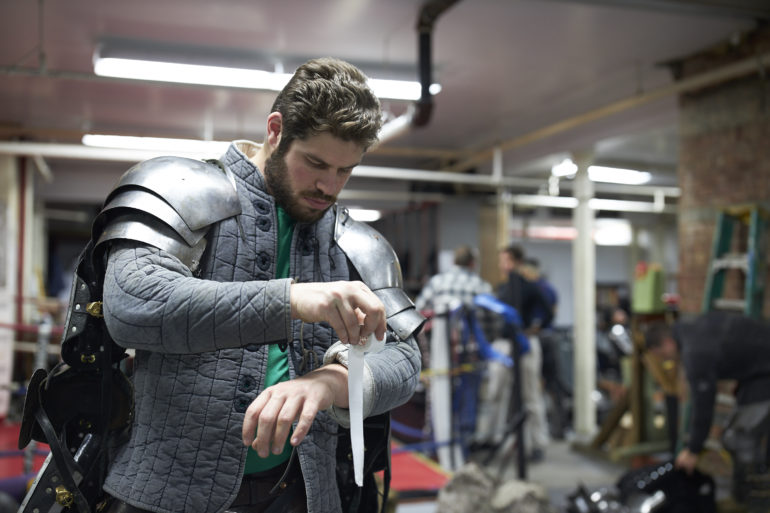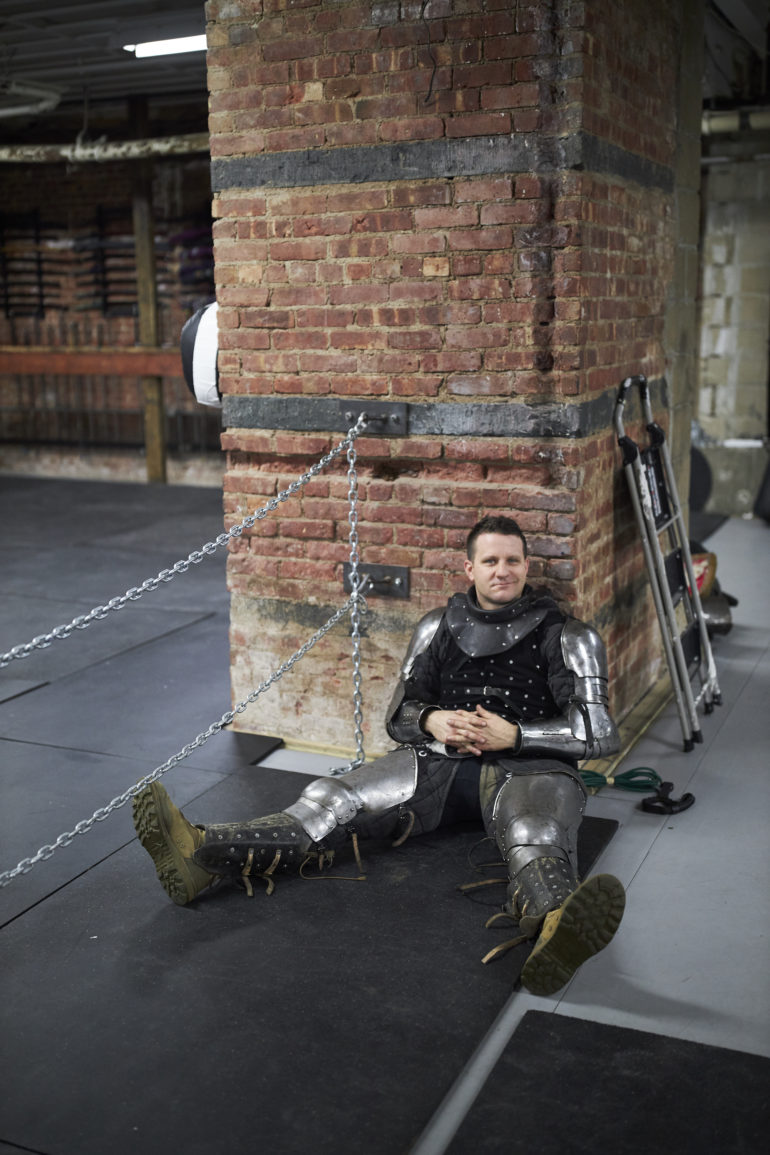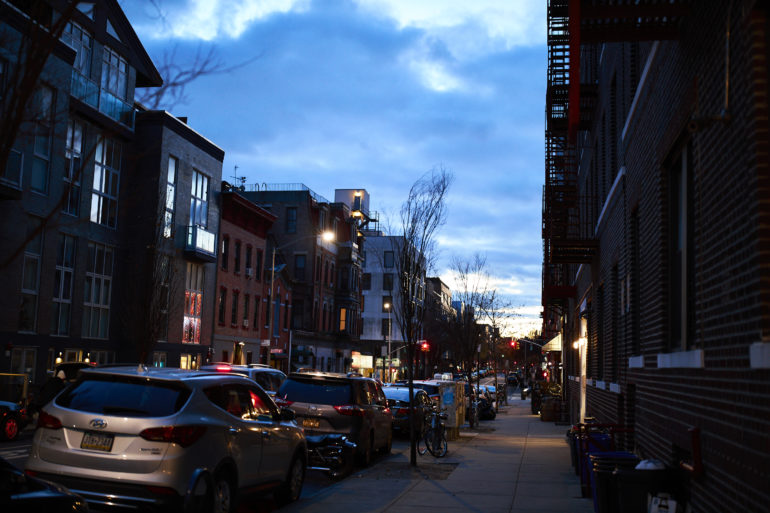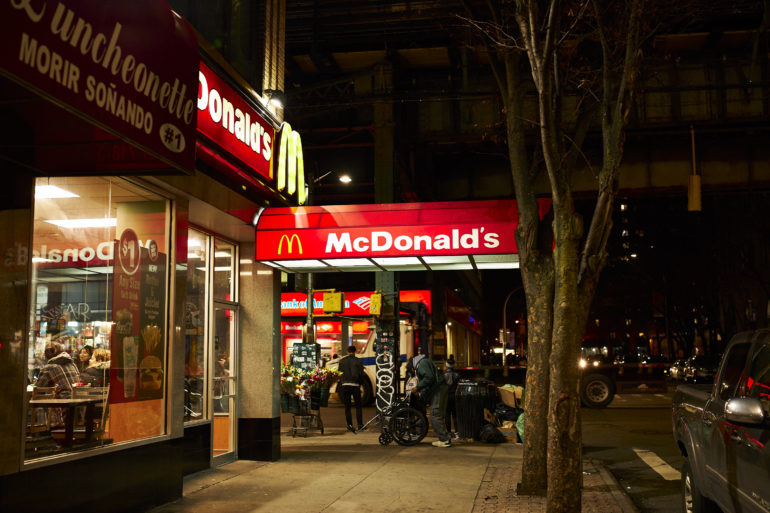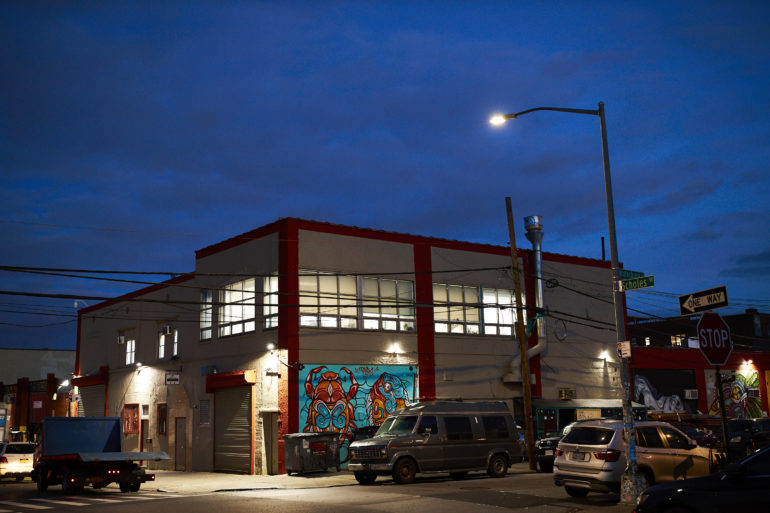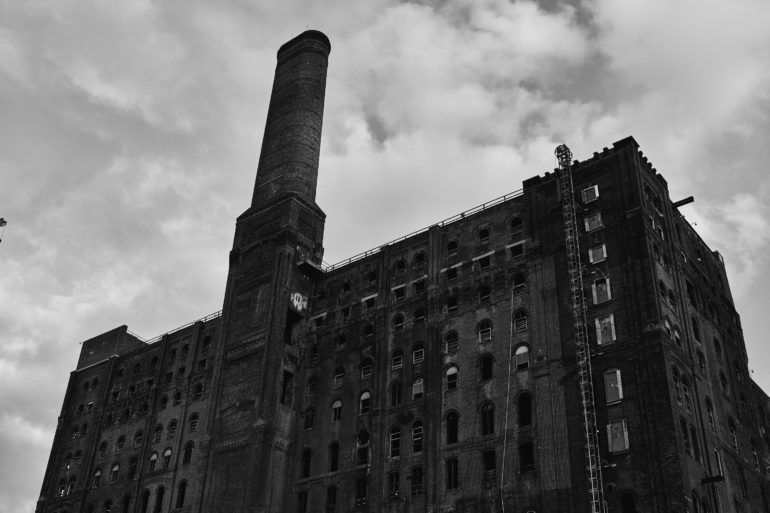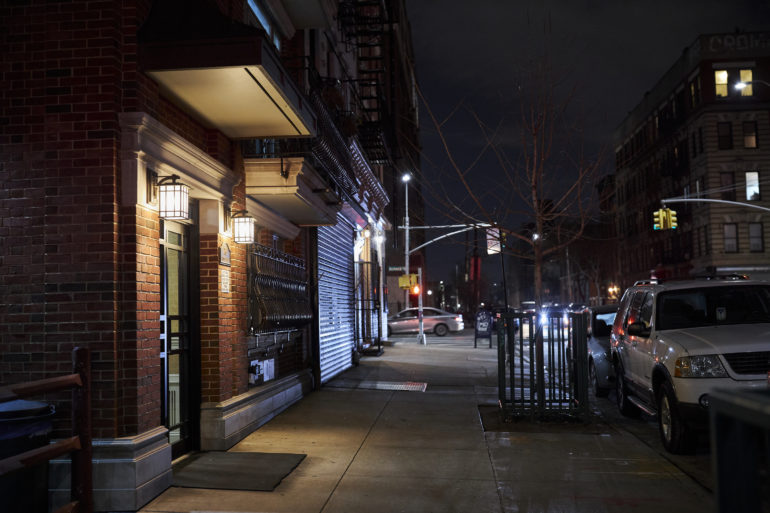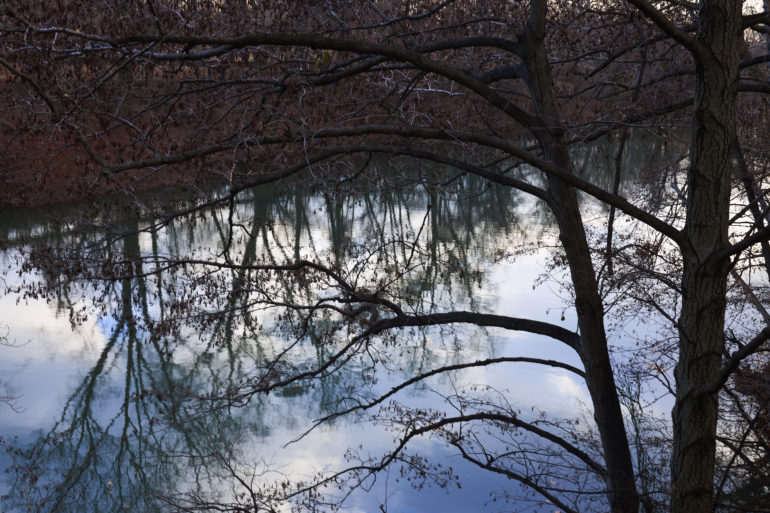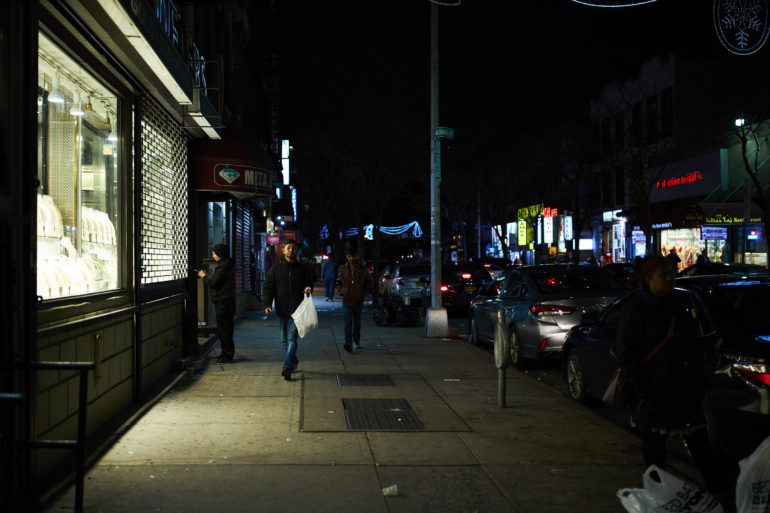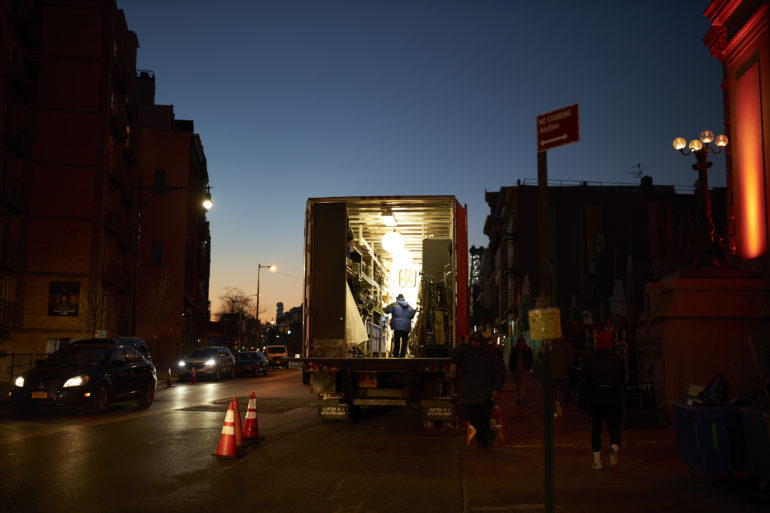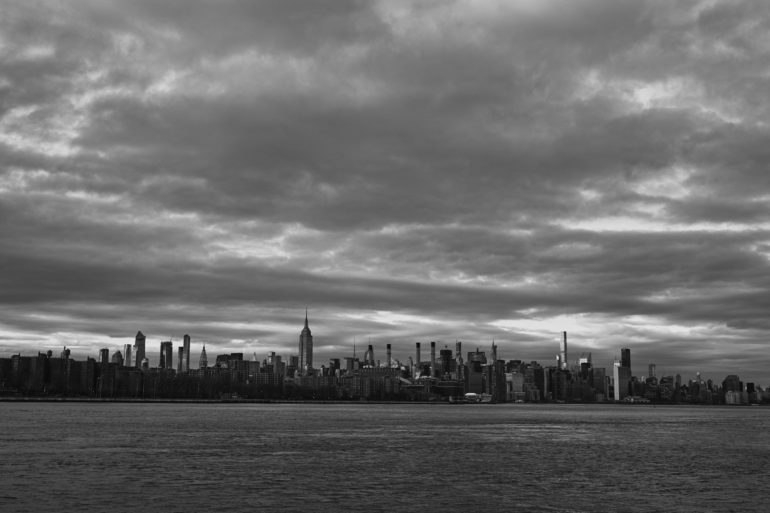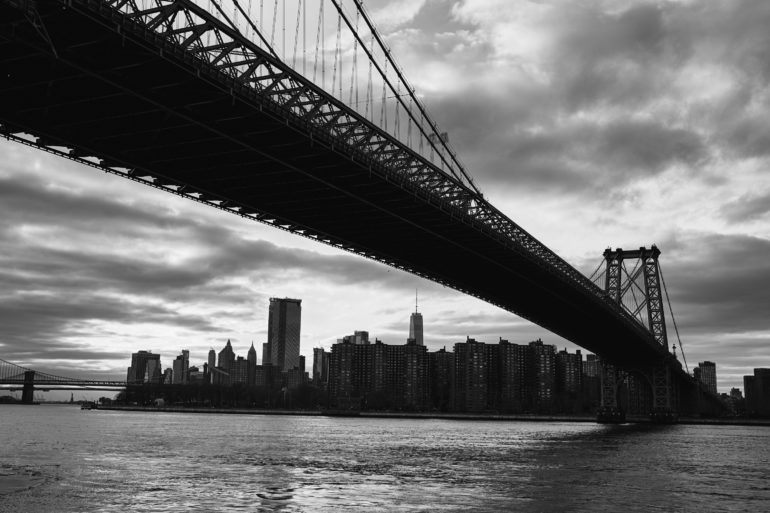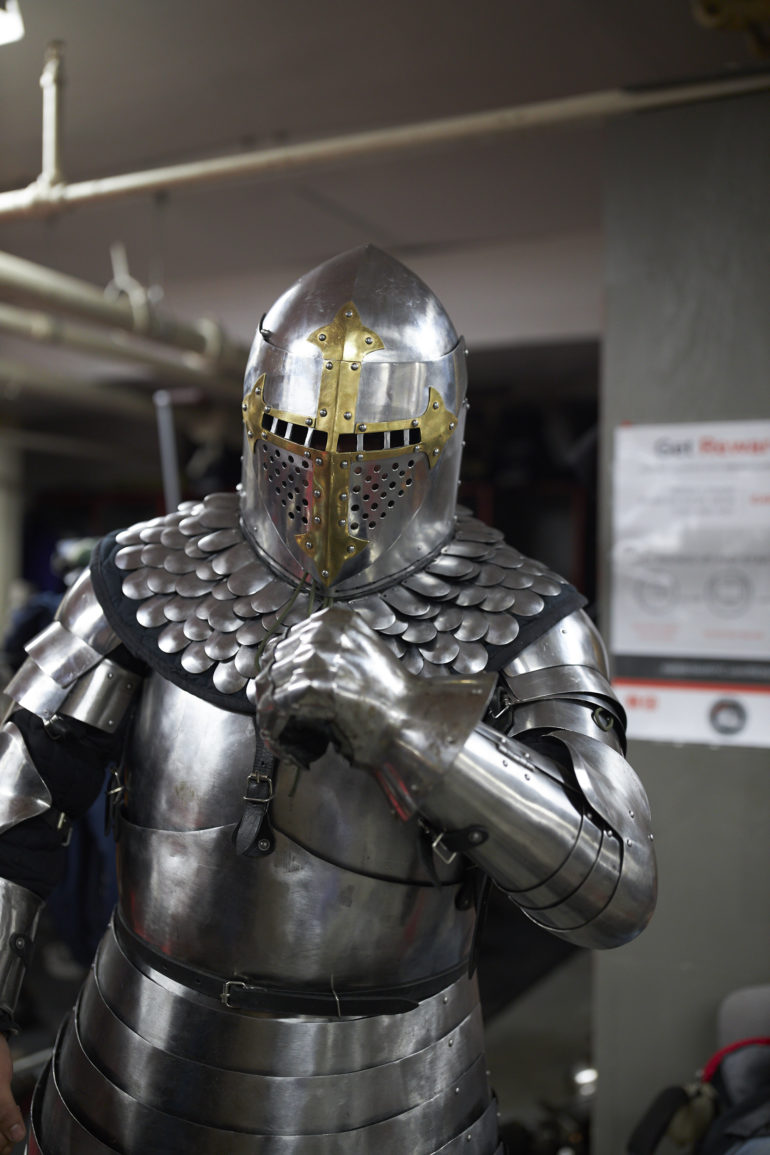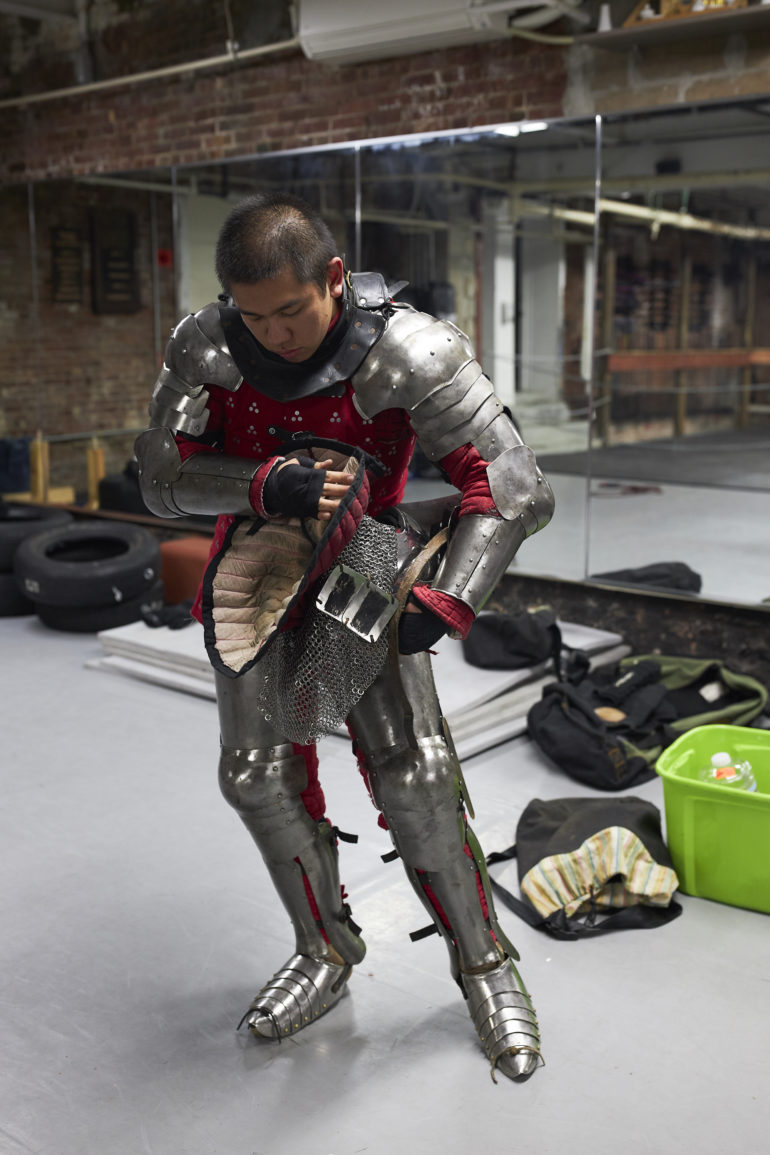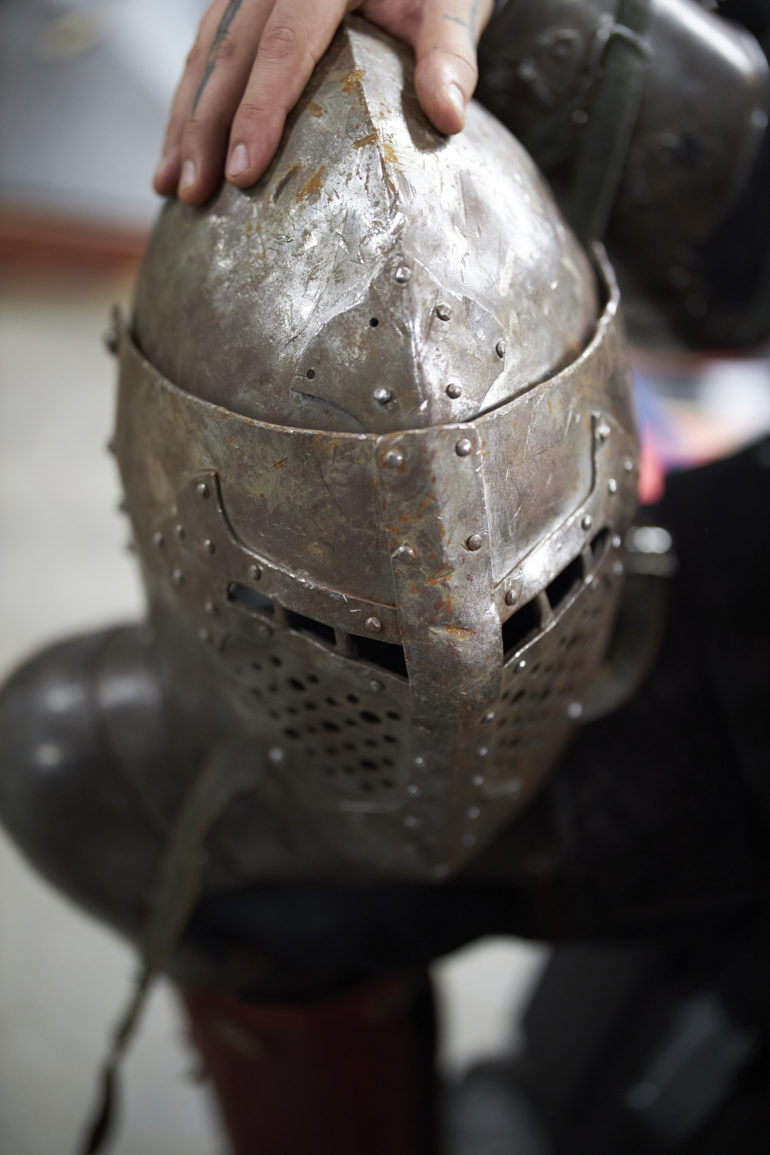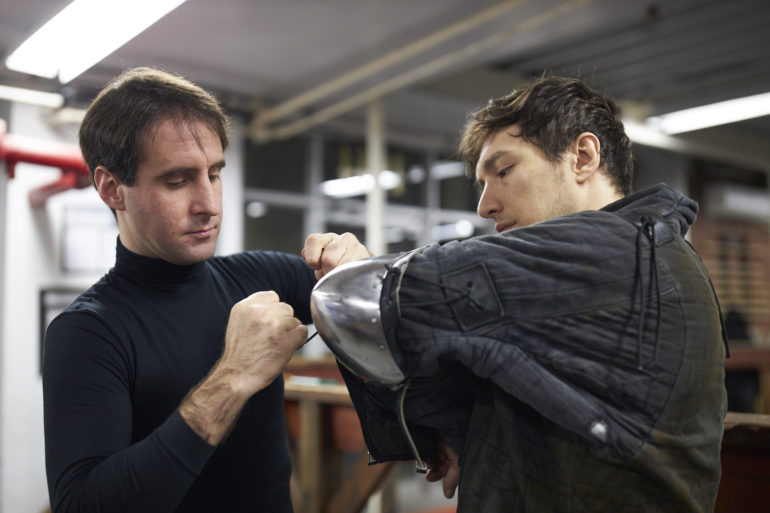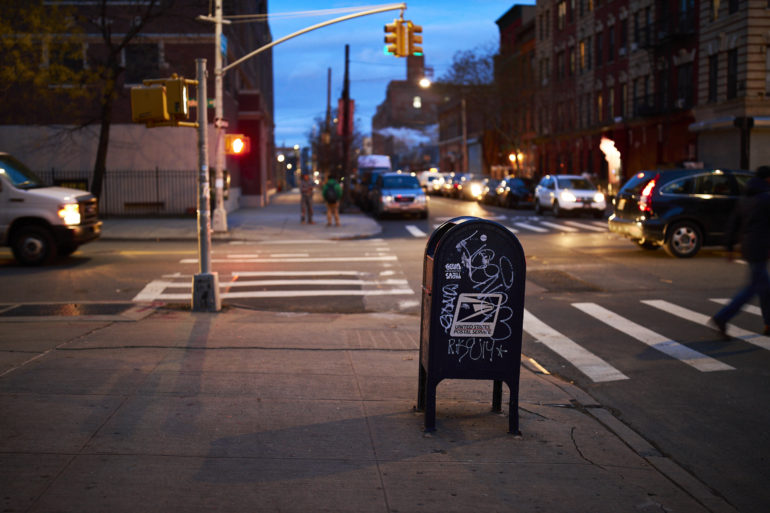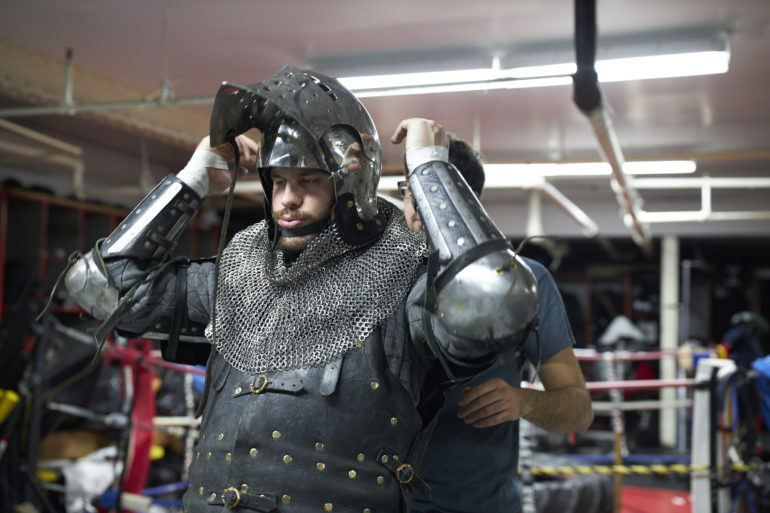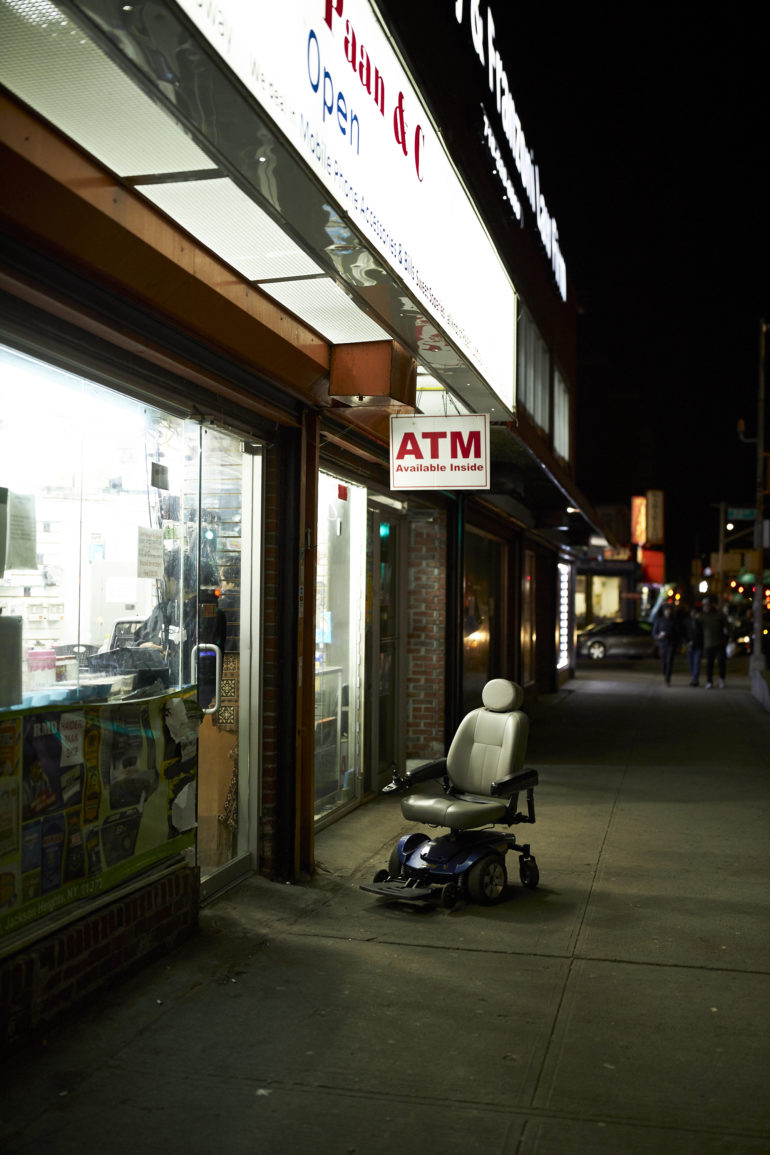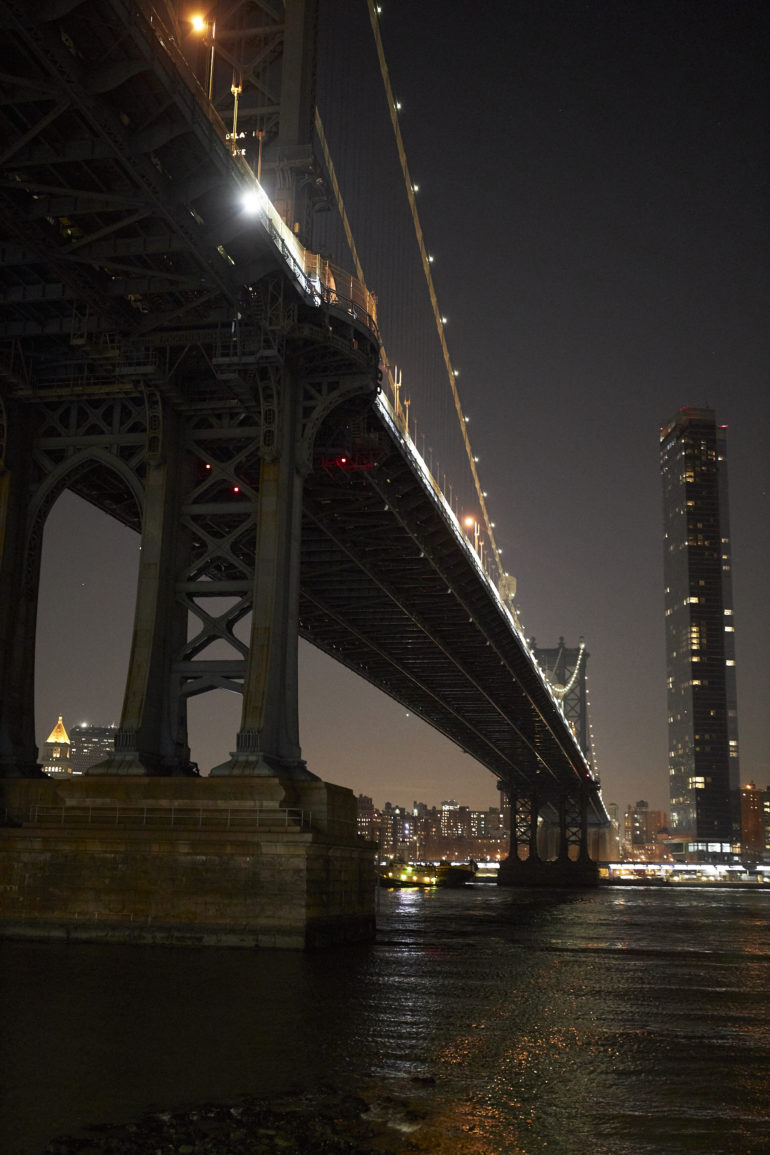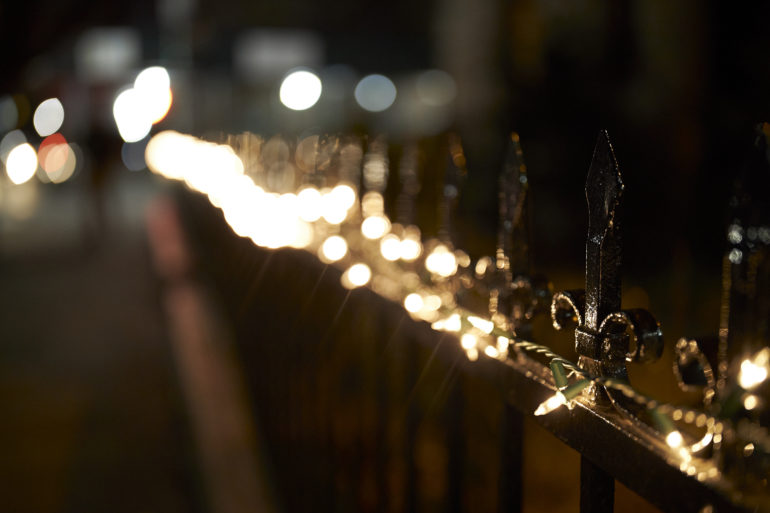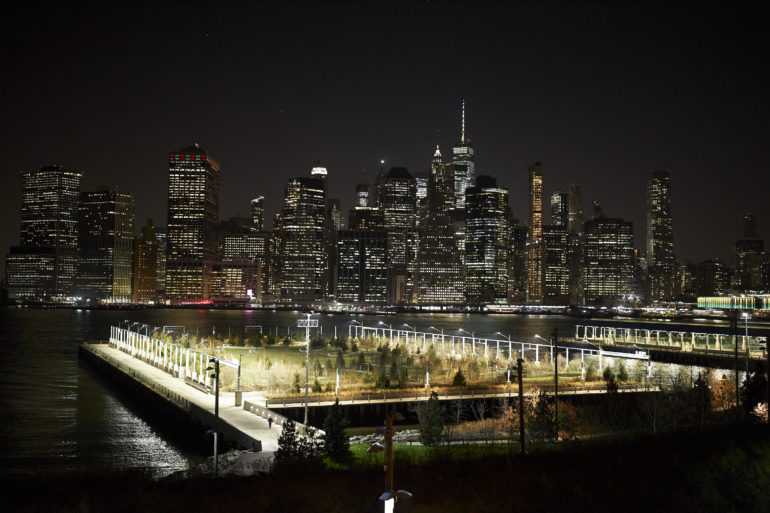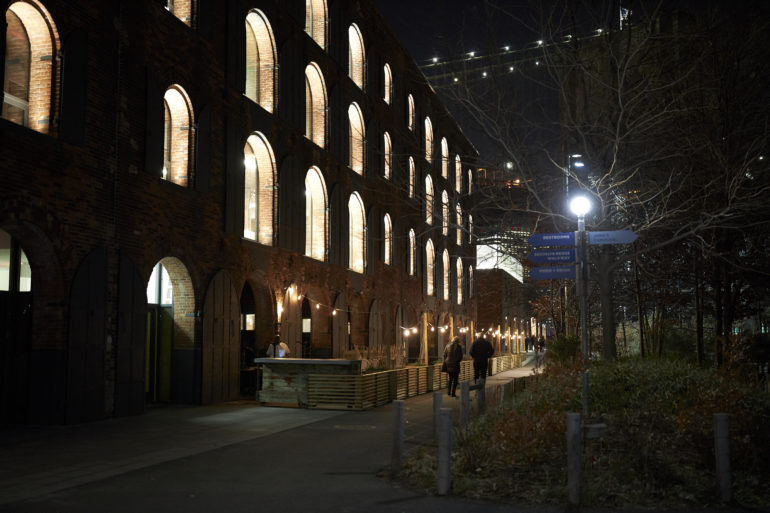Last Updated on 01/15/2019 by Chris Gampat
The Sigma 40mm f1.4 DG HSM Art lens has some of the best image quality we’ve seen; but oh jeez is it heavy!
When I held the Sigma 40mm f1.4 DG HSM Art lens in my hands the first time around, I thought that it was massive. But it was only when it came in for the full review that I realized just how large it is. This lens is a special one from Sigma, it was designed first and foremost for cinema then photo second. As a result, the images from it are amongst some of the most muted that I’ve seen from a Sigma lens. In some ways, it reminds me of certain negative film stocks. Combine this with the weather sealing and fairly fast focusing abilities and you’ve got a winner, right? Well, if you don’t mind barely every pulling the lens out unless you need it because it’s so large and heavy, then sure.
Pros and Cons
Pros
- Great image quality
- The colors
- The bokeh
- Weather sealing
- Pretty fast focusing on the Canon EOS R
Cons
- Did we mention that it’s huge?
- Heavy
Gear Used
We tested the Sigma 40mm f1.4 DG HSM Art with the Canon EOS R and PIXEL flashes.
Tech Specs
Diagram taken from Sigma’s website
Ergonomics
Taken from our first impressions.
The Sigma 40mm f1.4 Art DG HSM is a big, beefy lens. It more or less looks like many of the company’s other Art lenses with the exception being its own particular shape. This lens is characterized by a big rubber focusing ring on the front and then the distance scale towards the back. In this image, I’m adapting it to the Canon EOS R via Canon’s own ring adapter. The exterior is also made with what seems to be metal.
The front of the lens has a massive 82mm filter thread. It’s huge. When the lens hood comes on, the overall package is even larger.
The only control on the Sigma 40mm f1.4 Art DG HSM is this switch. It’s designed to turn the focusing on or off. That’s it. As you can see, this is also a newer style of lens hood for Sigma with the button needing to be depressed first.
Build Quality
On the left is the Sigma 35mm f1.4 Art, the middle is the Sigma 40mm f1.4 Art DG HSM, and the right is the Canon 50mm f1.2 L RF. As you can see, the Sigma 40mm f1.4 Art DG HSM is bigger than a lens that has an f1.2 aperture. Crazy, right? It’s massive.
The Sigma 35mm f1.4 Art has weather sealing built into the design. Part of this is evident with the mount where we see rubber weather sealing gaskets.
During our review, we took it out into some serious rain when mounted to the Canon EOS R. The EOS R’s adapters are fully weather sealed and so the entire packed that you see in the image above is fully sealed.
And there you have it, if the Sigma 35mm f1.4 Art can survive this sort of abuse, then we’re very convinced of its durability. Photographers who use this lens are most likely going to be professionals that will only bring it out when they need it. To that end, they won’t mind the weight and they’ll be very happy about the durability.
Ease of Use
The Sigma 35mm f1.4 Art is pretty simple: just mount it onto a camera, point, focus, and shoot. That’s all that there is to it. Unlike the cinema lenses, there isn’t really a major manual focus mechanism/ability and you’ll control the aperture via the camera. So all in all, it will work like pretty much every other lens.
Autofocus
The autofocus from the Sigma 40mm f1.4 DG HSM Art on the Canon EOS R is reliable and fast. However, we didn’t quite think it to be fast enough for most street photography endeavors. One may say that this is because I was using it on the Canon EOS R, but I’d genuinely beg to differ. What I ended up wanting to do most of the time was just setting it to F8 and zone focusing. That’s sort of possible with the depth of field scale.
Sort of…
What I found it to be very good at though was actual documentary work. While street photography is often just a test of one’s ability to be super quick, the documentary process often requires lots of consent from your subjects and them knowing that you’re going to take a picture of them. It’s different in every single way.
For the professional photographer that I think will reach for the Sigma 40mm f1.4 DG HSM Art, they’ll be happy to know how it works for the documentary process.
PS: A massive thank you goes out to the Armored Combat League in NYC for letting me shoot. They practice at Sword Class NYC.
Image Quality
This is the single best thing about the Sigma 40mm f1.4 DG HSM Art lens: the image quality. During our tests we shot images at 3200K and 5600K color balance to emulate the look of film and of many of the cinematic scenes that you probably know and love. There was purposeful overexposure, underexposure, etc all to create a look and a scene. This is the most muted of Sigma’s art lenses, but even then the look that it delivers is fantastic and jaw dropping.
Bokeh
The bokeh from the Sigma 40mm f1.4 DG HSM Art is smooth, creamy and beautiful. It’s not as pronounced as the 50mm f1.4 but more so than the 35mm f1.4. Sigma uses pure sharpness to make your subject that is in focus stand out from the rest of the scene vs using micro contrast. Photographers shooting portraits will generally appreciate what this lens can do but we’re positive that the documentary and photojournalism world might be happier with the results.
Color Rendition
When I look at the colors from the Sigma 40mm f1.4 DG HSM Art with the Canon EOS R, all I can think is “Sh*t, man!” These are gorgeous, cinematic, muted, stylized, lovely, and have just enough pop to them. When we printed some of these images on the Canon Prograf 1000, we were really in love with the quality. The colors aren’t totally life-like; and I actually really like that. The reason: not everything needs to imitate real life. There’s nothing wrong with having your own interpretation on it.
Chromatic Aberration
We couldn’t find any major issues with fringing to anything else. There is a big of distortion, but it’s removable in Capture One 12.
PS: Mind the slight camera shake
Sharpness
The sharpness and what this lens can do with it is what we were most amazed by. This is one of Sigma’s sharpest wide angle lenses and you can tell that purely by just looking at the images. Sigma isn’t using tricks like contrast, extra saturation or micro contrast to make the photos look sharper. Instead, it’s just pure, absolute sharpness that is truly appreciated only at 100%. But when you’re a photographer, you know that your clients won’t look at your work at 100%; and so to a point, the sharpness is almost useless unless you print and you print big.
In fact, the sharpness to me almost rivals medium format film at the 6×9 aspect.
Extra Image Samples
Conclusions
Likes
- Image quality
- Build quality
- Focusing speed for practical work
Dislikes
- Jeez, this thing is massive.
If you’re using the Sigma 40mm f1.4 DG HSM Art, know that no matter what, you’re going to get great image quality and a lens that just overall performs admirably. It’s fantastic with its build quality, its image output, the focusing speed (which is practically more than good enough) etc. But know that you’re also going to have a massive piece of glass on your camera. It’s yuuuggggeeeeee, and you’ll know the bigly size when you hold it.
For $1,399 you’re getting a great deal. But remember to bring a tripod.
We Sigma 40mm f1.4 deserves 5 out of 5 stars; but remember to take your BCAA after your workout–I mean, using this lens.


